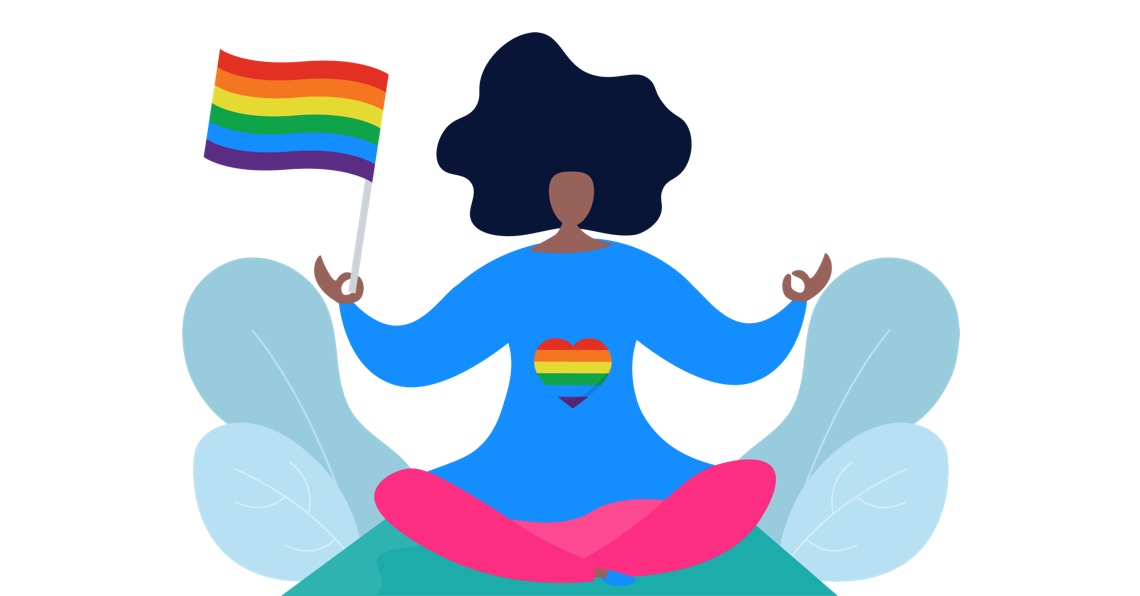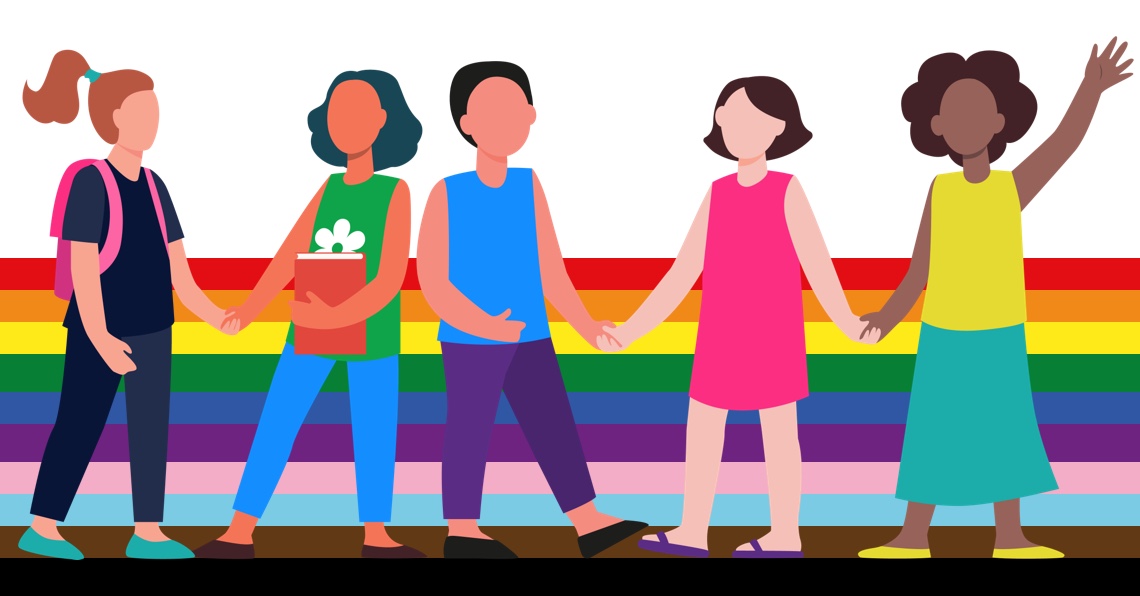I would always start with the closest community of any classroom – the children themselves. All who are willing should be given the opportunity to talk about their lives and families; after all, understanding comes from sharing.
Stories should also be at the heart of diversity lessons. Sharing tales of the treatment of others and exploring our thoughts on the issues raised is the best way to educate our own lives. After all, we can’t directly point the finger at the families of the children themselves – even if the development of prejudice is likely to begin within the home and local community. Somehow, and this is the really difficult task for teachers who know they are teaching in communities rife with division, we need to get children to reassess the values that have been ingrained within a community, without creating a culture of shame and blame.
With my Clevertouch hat on, I know that a world of experiences is literally at my fingertips with an IMPACT screen. I can take the children anywhere in the world – whether using the built-in browser or setting up a remote Teams meeting with another classroom on the other side of the world.
I have been tasked to share my thoughts on the importance of diversity teaching and I will be using Lynx to make a few resources that some of you might find useful as interactive presentations. Keep an eye out for those!
As a primary school teacher, I have been privileged to work in what I regard as some of the most inclusive work environments and have taught pupils from a wide variety of ethnic and economic backgrounds. Although it is true to say that the majority of primary school teachers in the UK are white and female, many schools recognise the importance of diversity, and I have worked with some excellent colleagues of black and Asian origins. The last school I worked at had almost as many male teachers as female and the importance of male and ethnic minority role models is widely accepted within education.
In my experience, children on the whole really don’t see “difference” of any kind as an issue. I think this is partly due to the immutable truth that it is that very difference that “makes the world go round”, if you’ll pardon the euphemism.
The stereotypes of what men and women do or like still seem to permeate within classrooms. Although to a much lesser extent than in the past, there is still room for improvement. Yet this, like all aspects of prejudice, are developed over time through taught experiences and teachers recognise that where these prejudices develop the battle is often, sadly, against the ingrained views of the homes the children come from. But generally, these pockets of historical and ingrained bias are slowly being chipped away by a new generation who are more connected than ever before. The internet truly is a world wide web and children today have the opportunity to meet and learn from others all over the globe.
Couple this with the fact that I truly believe children are not born racist or sexist or homophobic, and the future for true integration and mutual respect is within our reach.
I watched a programme recently that reported on the results of a study done on a small number of white toddlers. The children watched two women, one white and one Asian, sharing building blocks. The Asian lady always played fairly, whereas the white woman kept most of the blocks for herself. Faced with choosing one of the ladies to play with, all of the children chose the white lady, despite her unfair style of play. The researchers wondered if this demonstrated some innate prejudices built into our DNA. However, I disagree. Firstly, I’m not convinced the toddlers fully understood that the white woman’s play was unfair. Secondly, heading towards the familiar doesn’t imply a negative view of difference.
During my time as an infant school teacher, there were many occasions where we touched upon the subject of diversity and explored occasions where racism caused one group to treat another unfairly. I often felt as if I had to explain the concept of racism to the children – especially if in a multicultural school. The children just didn’t see the differences between them as an issue at all. I always found that heart-warming and sometimes worried about whether pointing out those differences would begin to foster issues that were not there before.
However, my ethos has always been that diversity and inclusion isn’t about making us blind to differences; I dislike the phrase “blind to colour” for instance. We’re never going to convince everyone that we are all exactly the same for the simple reason that we are not! But that’s what makes humanity so great. We should be pointing out and embracing just how different we can be and then be inclusive to all despite those differences.
I have worked in a range of schools where the children were predominantly white, and even without the multicultural experience of a large inner-city school, I have found the children very accepting and genuinely interested in learning about other cultures.
As teachers, it is our job to ensure that all children have the opportunity to learn about the communities we share our planet with so that, although we might recognise difference, we respect and offer friendship to all.
The great diversity that now exists in this country within the term “family” is helping considerably. Mixed race families and same sex parents are rightfully recognised and valued within many diversity lessons and I remember with pride how strongly other pupils rallied to support a child with two mums when others innocently questioned the dynamics of her family group.
I know that secondary schools are currently facing issues relating to gender and many large secondaries see pupils segregate themselves into racial groups, but I still stand my belief that these issues develop from taught experiences that it is our duty to challenge.
Even within this blog, I know that I have made many generalisations that I am more than happy for people to challenge – because everywhere IS different, and – remember – that’s a good thing! My greatest experience of what true inclusivity could accomplish actually came from my first ever class. It was at a school near Birmingham university. The local populace was mainly white from a range of economic backgrounds, but a hefty percentage of the children came from the families of university students from all over the world. Studying in the UK for several years, their families came too. That first class had children from Iran, Iraq, France, Canada, Nigeria, India, Pakistan, China and Korea – but we were all a family and our differences made us one of the most vibrant and fascinating families I have ever experienced. May we all be so lucky.
Join in the discussion #clevertouch @myClevertouch
Or email Gareth to discuss in more detail.

